Addressing Human-wildlife interface issues in Uttar Pradesh
The GTF in association with NTCA & Uttar Pradesh forest department initiated a project to combat human wildlife conflict (HWC) in U.P (Bijnore, Pilibhit, Lakhimpur Kheri, Kushinagar districts). Under the said project, Phase 1 included vulnerability assessment of the landscape, strengthening capacity to address HWC and sensitization of stakeholder agencies. Phase 2 of the project would involve preparation of a consolidated Master Plan (encompassing all 5 districts), capacity building and green investment.
In December, 2018, an expert team from GTF visited the sites to assess the factors responsible for exacerbating the human-wildlife interface in the region and to subsequently come up with measures to mitigate them. The team suggested regular elephant patrolling, e-surveillance and camera trapping for mapping the movement of the tigers.
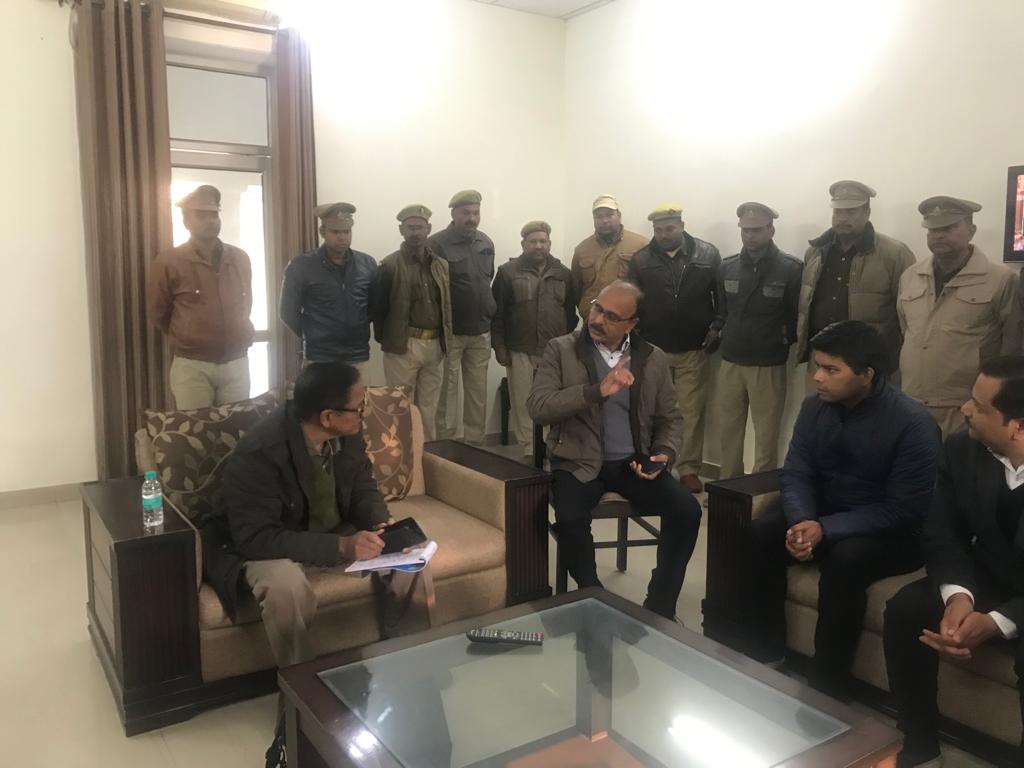
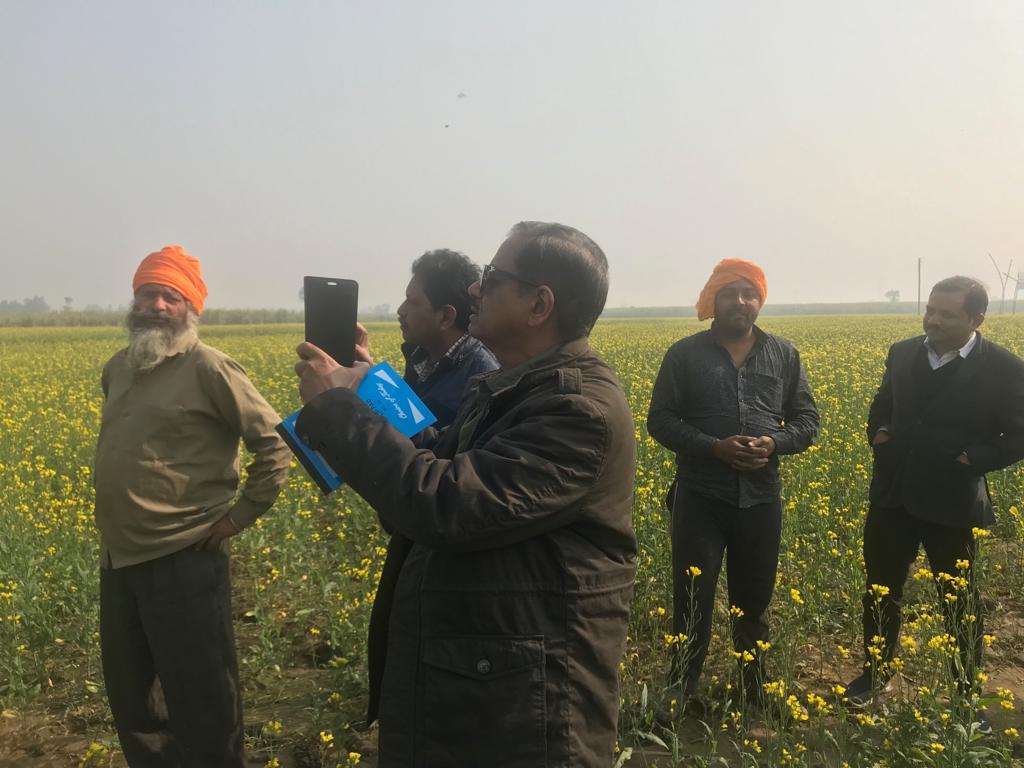

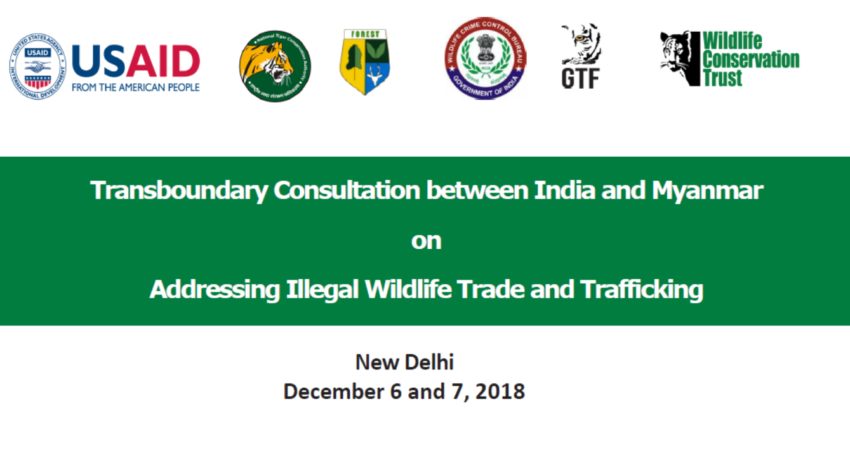
Indo-Myanmar Transboundary consultation
Under the ongoing USAID-WCT-GTF engagement for strengthening conservation efforts in Tiger Range Countries, a trans-boundary consultation between India and Myanmar on addressing illegal wildlife trade and trafficking was held on 6 and 7 December 2018 at Hotel Royal Plaza, New Delhi. The meeting was attended by representatives from Indian and Myanmar Government agencies, including Nature and Wildlife Conservation Division (Myanmar), Myanmar Police, Wildlife Crime Control Bureau (India), National Tiger Conservation Authority (NTCA), and Wildlife Institute of India. Additionally, senior officials from conservation agencies, such as WWF, WCS and TRAFFIC participated in the said consultation.
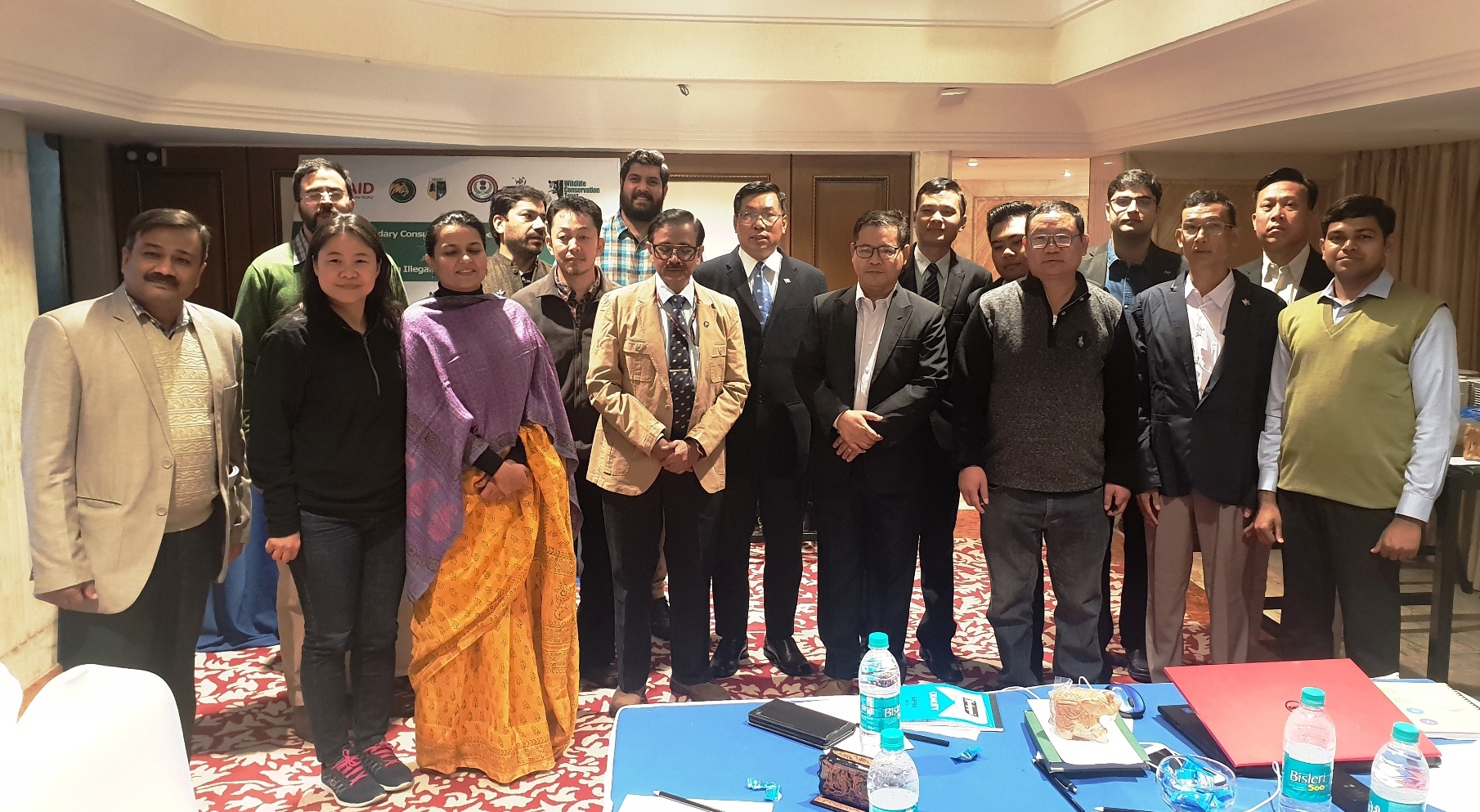
The meeting focused on discussions pertaining to the latest bilateral MoU between India and Myanmar on combating timber trafficking, tiger and other wildlife conservation. Representatives from both the Governments agreed to expedite the signing of this MoU in order to formalize joint action on addressing illegal trafficking. The two-day consultation included presentations on country level wildlife trade status, international ramifications, trans-border trade hotspots, modus operandi of wildlife crime, species recovery, and advanced technology for protection.
Based on the inputs from each agency, the Global Tiger Forum presented a set of recommendations highlighting immediate and long-term goals towards addressing wildlife trafficking and joint action between India and Myanmar, including development of a regional project for the Htamanthi – Naga Hills transboundary landscape.
The participating agencies also proposed to develop an action plan for streamlining data sharing, species in trade and their recovery, gap analysis, multi-tier and multi-department capacity building and initiating a dialogue with the heads of state and concerned ministries for generating political will and support to reduce poaching and trafficking of wildlife.

Tiger rediscovering habitat in high altitude landscape of Arunachal
Courtesy: The Telegraph
A study conducted by scientists of Wildlife Institute of India (WII) released the first photographic record of tiger presence at Dibang Valley in Arunachal Pradesh at a height of 3,630m, the highest range in the Indian part of Eastern Himalayas for big cats to be found.
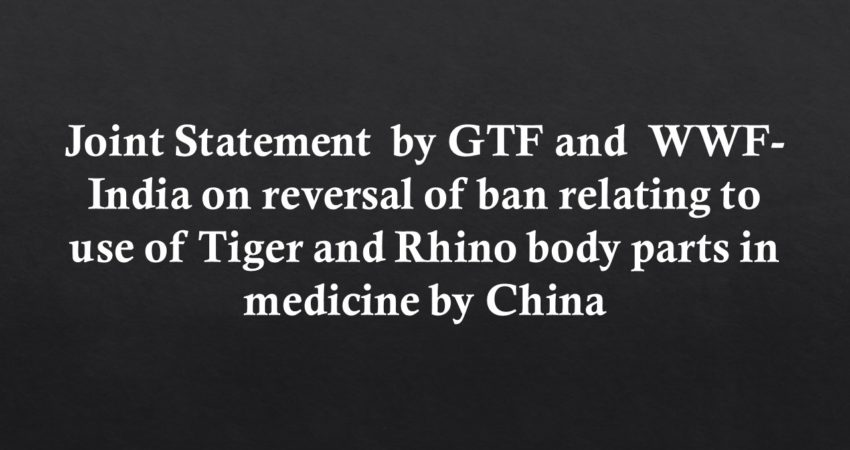
Reversing ban spells danger
Joint statement by GTF and WWF-India on reversal of ban relating to use of Tiger and Rhino body parts in medicine by China
The reversal of a long-standing ban on the commercial trade of tiger bone and rhino horn for medicinal purposes could have devastating impacts on the efforts to conserve tigers and rhinos in the wild across their range globally. Though an internal trade issue for China, the international ramifications of such a reversal, vis-à-vis the thriving illegal market for body parts and derivatives of the tiger and rhino, would result in decimation of wild populations of the two species across their range. We apprehend that tiger bones and rhino horns procured from wild populations would find their way into illegal markets in the guise of legal trade. In the context of tiger, this has been much debated in CITES, and its Resolution 12.5 (Rev. COP 17) and Decision 14.69, inter alia, have directed for voluntary prohibition of internal trade, working towards strategies for reducing, eventually eliminating use of body parts and derivatives of Asian Big Cats, besides restricting captive populations to a level supportive only to conserving wild tigers, while not breeding tigers for trade in their parts and derivatives. As per vote at COP 14, Decision 14.69 applies to both internal and international trade. These would become meaningless in the wake of the recent ban reversal by China. Coming at a time when Tiger Range Countries (TRCs) have committed to doubling wild tiger populations under the Global Tiger Recovery Program (GTRP), this commercial trade ban reversal would have huge implications on reaching the TX2 goal. India, with approximately 60% of the global population of wild tigers and 80% of the greater one-horned rhino population, will be under the greatest threat from legalising trade in tiger bone and rhino horn in neighbouring China. India will need to further strengthen collaboration with range state governments, particularly enforcement agencies for increasing protection of wild tiger and rhino populations and enhancing vigilance against illegal wildlife trade.

International Tiger Day
International Tiger Day: We need new age Tiger champions
Written by Rajesh Gopal and Mohnish Kapoor
Source: The Indian Express
The striped cat may not be looking down the barrel but only a right balance between conservation and development can secure its future. We are a long way from achieving the ambitious target set in 2010 of doubling the global tiger numbers by 2022.
The world commemorates Global Tiger Day on July 29. This occasion is as good an opportunity as any to take stock of the status of the striped stalker in the wild.

Global Tiger Day
This Global Tiger Day take a pledge to be a Tiger Champion. The video gives a glimpse into the efforts taken by the GTF, along with tiger range countries and partners on the tiger front. The conservation agenda needs new age “tiger champions”. It is our collective responsibility to protect nature and its magnificent species, as it is key to our own survival. #TigerChampions
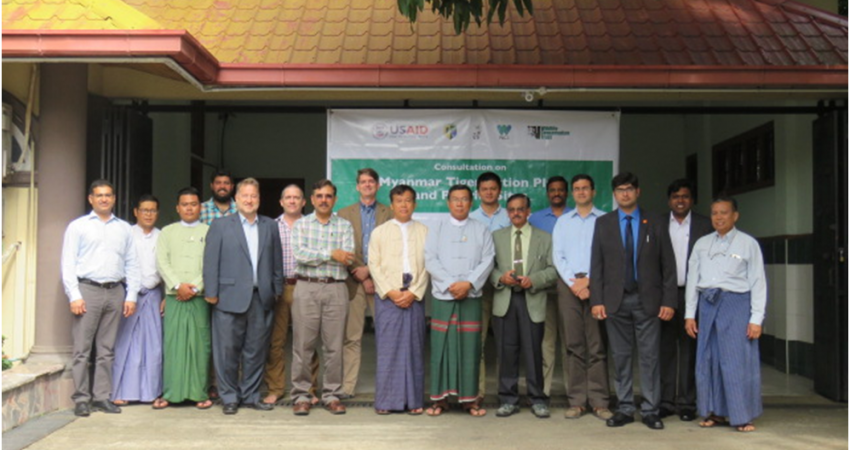
Consultation on Myanmar Tiger Action Plan
Global Tiger Forum (GTF) team visited Myanmar (from 3rd November to 9th November 2017) to participate in Consultation on “Myanmar Tiger Action Plan and Priority Sites”
The GTF mission team visited Htamanthi Wildlife Sanctuary and participated in consultation meeting that was held on 8 November 2017 in Yangon, Myanmar. The said meeting was attended by senior official from the Nature and Wildlife Conservation Division (NWCD), Forest Department – Myanmar, USAID, GTF mission members, representatives from WCS, WWF Myanmar, Fauna and Flora International (FFI).
GTF Mission Team
| S. No. | Name | Position/Organization |
| 1. | Dr. Rajesh Gopal | Secretary General, GTF |
| 2. | Mr. Mohnish Kapoor | Senior Programme Manager, GTF |
| 3. | Mr. Roshan Puranik | Research Associate, GTF |
| 4. | Mr. Rajendra G Garawad | Assistant Inspector General NTCA, WII |
| 5. | Dr. Y.V. Jhala | Scientist, NTCA, WII |

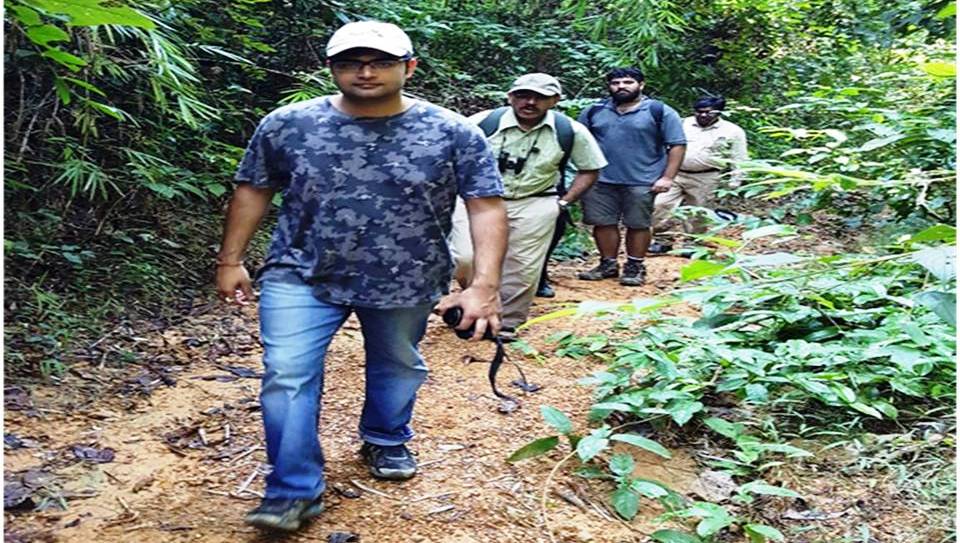

After discussing priority landscape with the participating agencies, GTF mission team suggested Inputs for the Myanmar Tiger Action Plan.
A basic framework for the Myanmar Tiger Action Plan was suggested with the centrality of Tiger Agenda, since wild tiger conservation requires the active support of several stakeholders and government departments, the contours of a multi-stakeholder/sectoral Tiger Action Plan was suggested, vis-à-vis the three basic engagement levels, viz. local (field formations), national and international.

Protocol for Security Audit of TR’s
Security Audit protocol have been developed to help Tiger Reserve (TR) managers in regularly tracking the progress of their enforcement efforts to tackle poaching in their sites, while the status assessment is conducted by independent team constituted by the National Tiger Conservation Authority (NTCA) at a regular interval.
These protocol have been developed by GTF & WWF after taking inputs from the WCCB, WTI and field officers in consultation with NTCA officials.
These Protocols were released by Hon’ble Minister Govt of India, Ministry of Environment, Forest and climate change on global Tiger Day 29th July 2017 at New Delhi.

A song for the tiger
A song for the tiger
The main chorus focuses on the idea of “now or never for the future of the tiger”
Courtesy: Mr. Sujoy Banerjee, IFS.
Lyrics
My son asked me the other day
Do we have tigers only in the zoos
I read it somewhere the forests are gone
The deer are gone, wild animals are gone
The king of the jungle now kills our cattle
Poachers on his trail
Now people live where once he lived
His skin is up for sale.
I said son, your facts are not fully right
Tigers are in danger, still they survive
You can still see them in the wild
And we would love to see them thrive
The future of the tiger still hangs by a thread
But the battle is still not lost
We don’t want to see tigers only in the zoos
We’ll save them at any cost
And its now or never, for the future of the tiger
It is time to decide if we want to see the tigers in the wild
And he looked them in the eye, When they shot him, and he died
It is time that we ensure we gave the tigers a safe home.
Well son, the tiger needs your support
In you his future lies
If the tigers live, the forests live
And we need it for us to survive
Let’s take a vow not to buy anything
That has tiger parts
Let’s try our best to gain all support
For the tiger with all our hearts
And its now or never….
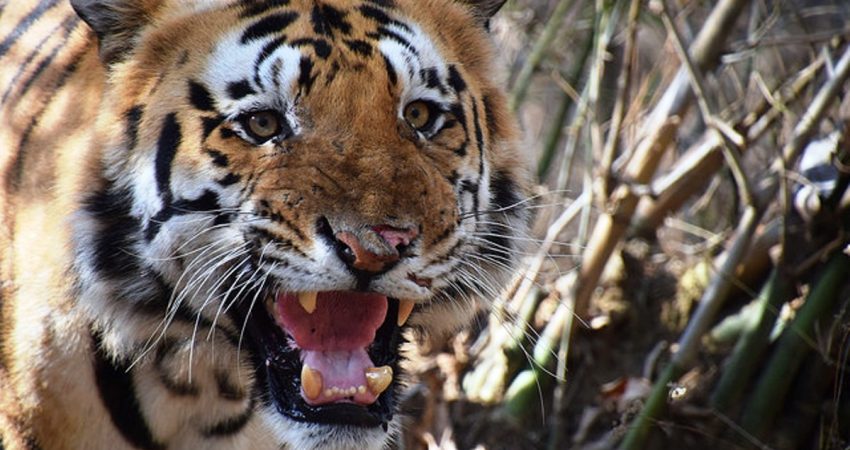
Clemson, Auburn lead U.S. efforts in higher education to save wild tiger populations
AUBURN, Ala. (WPMI) — Clemson University and Auburn University have joined forces to throw the weight of multiple academic disciplines behind efforts to save wild tiger populations worldwide. The two universities, along with Louisiana State University and the University of Missouri, are leading the efforts of the newly formed U.S. Tiger University Consortium, so named for the mascots that both institutions share.

